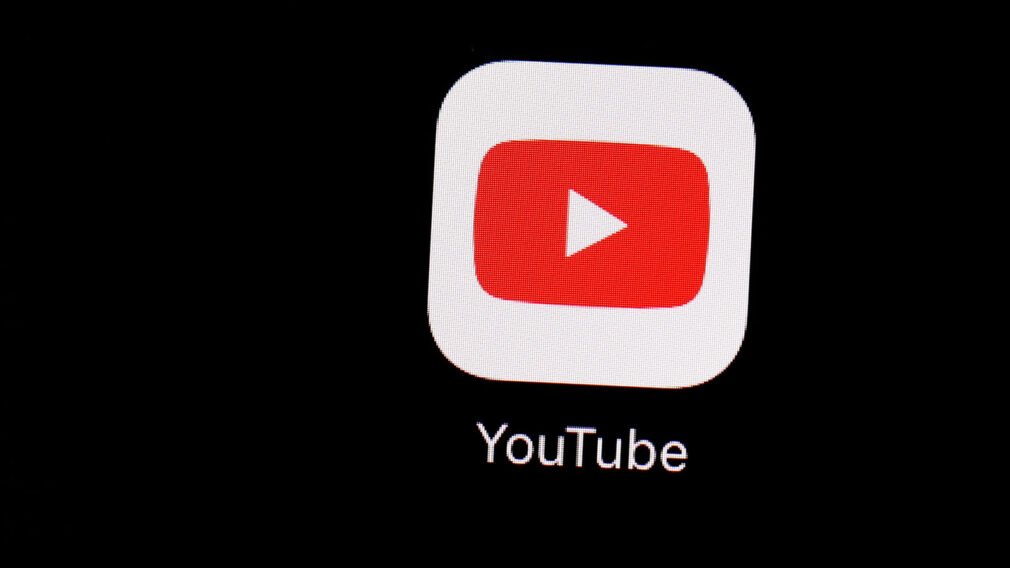YouTube Tightens Policy on Gambling and Video Game Violence Content
YouTube is set to expand and strengthen its policies regarding online gambling content and realistic video game violence. These changes will take effect on November 17, 2025. The platform aims to create a safer environment for users, especially minors, and adapt its policies to the growing convergence of digital assets and betting.

Stricter Rules for Digital Asset Gambling
The new guidelines significantly broaden the existing restrictions on online gambling. The focus is on platforms that facilitate wagering using virtual currencies and valuable digital items.
YouTube will now limit or ban videos that direct users to platforms that involve gambling with real-world value digital assets. This includes video game skins, cosmetics, or Non-Fungible Tokens (NFTs). Channels promoting wagers with in-game items risk having their videos removed or age-restricted.
Additionally, videos that feature social casino-style games, such as online slots or roulette, will be automatically age-restricted. This means the content will only be available to logged-in adult viewers (18+). This restriction applies even if no real money is wagered in the simulated casino game.
This update follows a tightening of restrictions in March, which targeted promotional methods like embedded links, brand logos, and verbal references.
New Age Limits for Realistic Video Game Violence
YouTube is also adopting a more rigorous stance on video game content that features realistic violence.
The platform will apply age restrictions to videos that depict realistic violence directed against human or human-like characters. This rule specifically targets scenes showing torture or mass violence against non-combatants.
Enforcement will depend on factors like the duration and visibility of the violence, as well as the degree of realism. For example, compilation videos will be reviewed for the combined duration of scenes classified as graphic.
Creators who produce horror, action, or military simulation content may need to edit, blur, or remove specific sequencesto avoid penalties. Age-restricted videos become unavailable to viewers under 18 or those not signed into a Google account.
Existing videos that violate the new definitions will not result in channel strikes but may still be age-restricted or removed. YouTube recommends that creators review their libraries and use the platform’s built-in trim and blur tools for compliance before the November 17 deadline. Creators maintain the right to appeal any imposed restrictions.
Recommended
